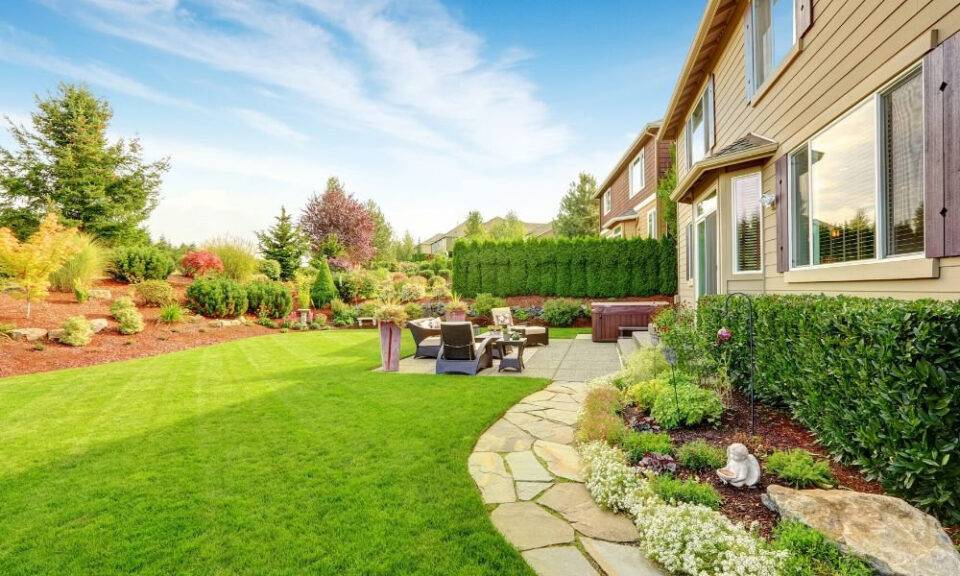Imagine stepping into a garden where every tree, flower, and pathway seems to be in the perfect place. Each color, form, and texture is in harmony with the rest, painting a calming and inspiring picture. This isn’t a work of chance. It’s the result of thoughtful San Antonio landscaping and design, an art that combines creativity with a deep understanding of nature. Just like an orchestra needs every instrument to play in harmony, a landscape needs every plant, stone, and water feature to work together. This creates an outdoor space that looks good and feels welcoming and serene.
Achieving this balance and harmony requires a keen eye, careful planning, and a deep understanding of the space and the elements being used. Whether you’re sprucing up a small backyard or designing a large public park, the principles of balance and harmony remain the same. Let’s delve deeper into these principles and understand how they can transform a landscape from just a collection of plants and features into a unified, captivating space.
Creating Symmetry and Asymmetry
Balance in landscape design can be achieved through symmetry and asymmetry. Symmetry offers a formal look where elements on either side of an axis mirror each other. This technique is often used in traditional landscape design in San Antonio and beyond, and it provides a sense of order and structure.
Asymmetry, on the other hand, involves balancing different elements to create a cohesive look without mirroring. It offers a more casual, natural feel and is often seen in modern landscape design. While it may seem less structured, achieving a beautiful asymmetric design involves careful planning and a deep understanding of the elements at play.
Harmony in Design
Harmony in landscape design is about creating a sense of unity while still maintaining variety. This is achieved by repeating certain elements, like a particular color, texture, or shape, throughout the landscape. At the same time, introducing some variety prevents monotony and keeps the landscape interesting. One of the ways to achieve harmony is through color. Using a well-planned color scheme can make your landscape look organized and aesthetically pleasing. Another method is through the use of textures and shapes. By repeating similar shapes or textures, you can create a pattern that guides the viewer’s eye across the landscape.
The Role of Professionals in Landscape Design and Installation
Professionals in landscape design and installation bring their expertise in balancing different elements to create a cohesive and visually pleasing outdoor space. They consider factors such as the local climate, the existing features of the property, the maintenance needs, and, most importantly, your personal preferences.
The art of landscape design lies in creating balance and harmony, combining different elements in a way that they complement each other and create a pleasing whole. Just like a beautiful painting or a piece of music, a well-designed landscape can evoke emotions and provide a sense of peace and serenity. So, if you’re considering landscape design and installation, always trust professionals like Pristine Landscaping.

